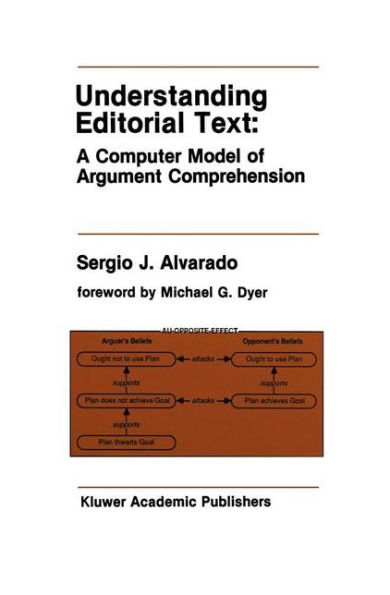5
1
9780792391234


Understanding Editorial Text: A Computer Model of Argument Comprehension / Edition 1 available in Hardcover

Understanding Editorial Text: A Computer Model of Argument Comprehension / Edition 1
- ISBN-10:
- 0792391233
- ISBN-13:
- 9780792391234
- Pub. Date:
- 07/31/1990
- Publisher:
- Springer US
- ISBN-10:
- 0792391233
- ISBN-13:
- 9780792391234
- Pub. Date:
- 07/31/1990
- Publisher:
- Springer US
169.99
In Stock

Product Details
| ISBN-13: | 9780792391234 |
|---|---|
| Publisher: | Springer US |
| Publication date: | 07/31/1990 |
| Series: | The Springer International Series in Engineering and Computer Science , #107 |
| Edition description: | 1990 |
| Pages: | 296 |
| Product dimensions: | 6.10(w) x 9.25(h) x 0.03(d) |
From the B&N Reads Blog
